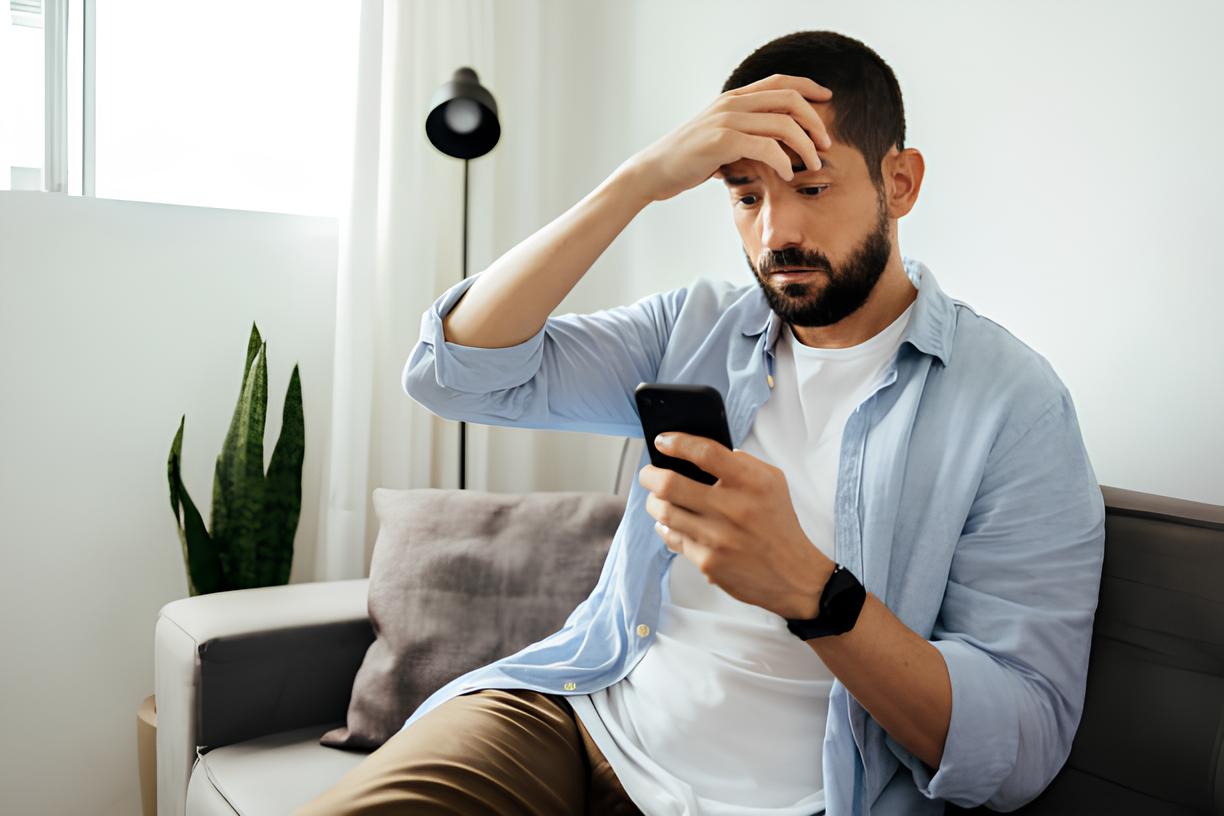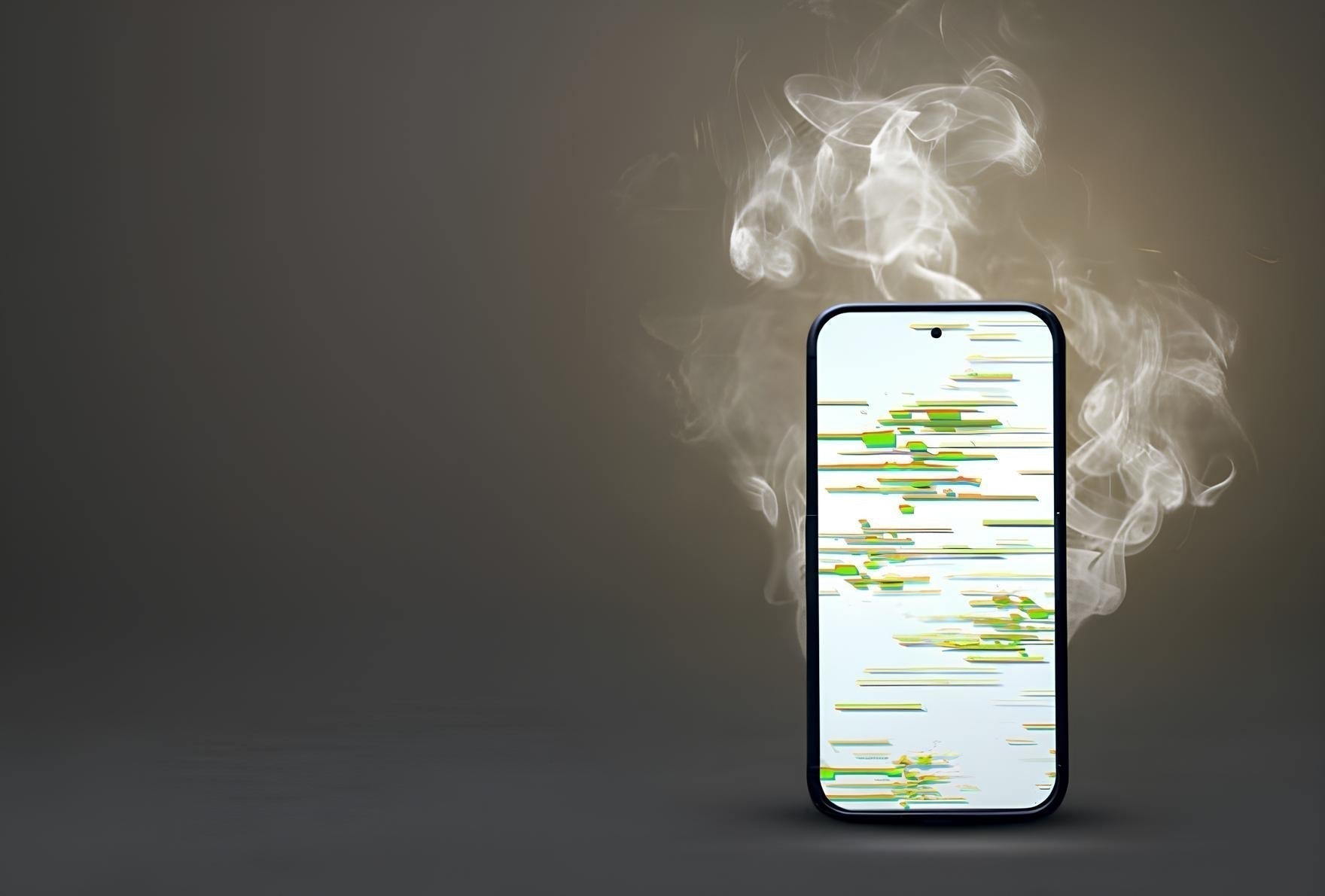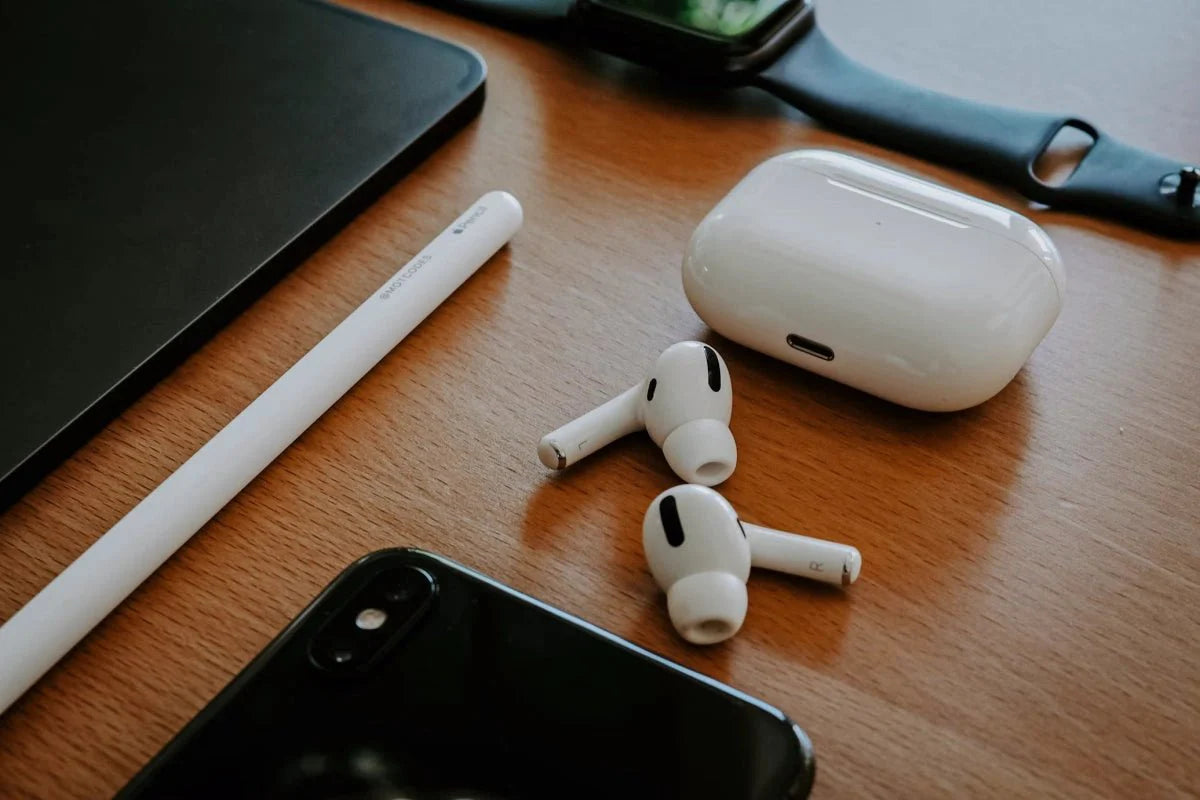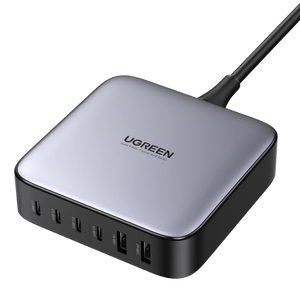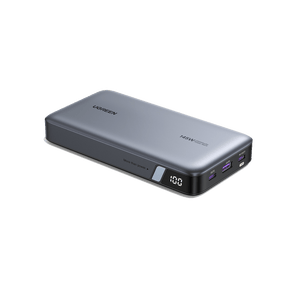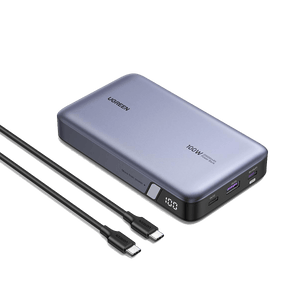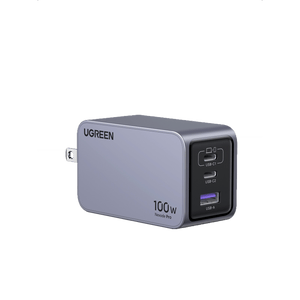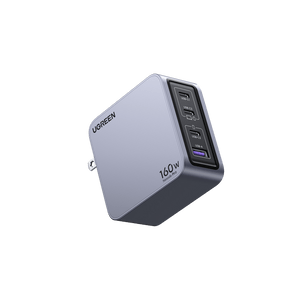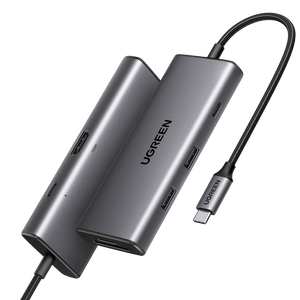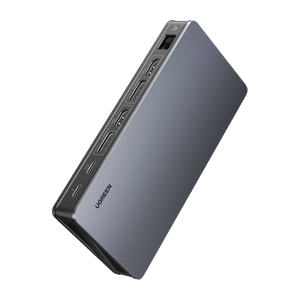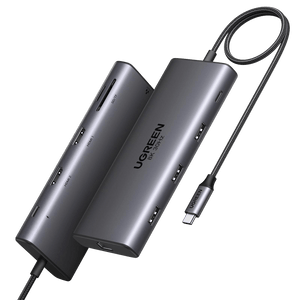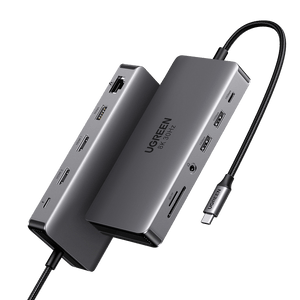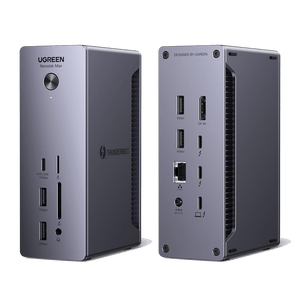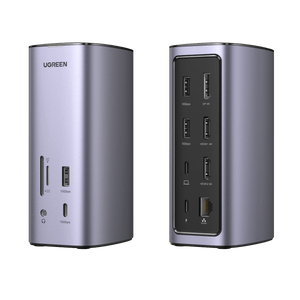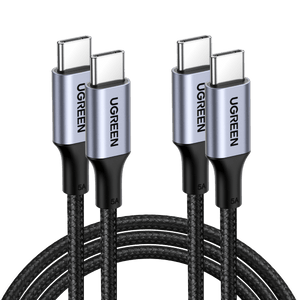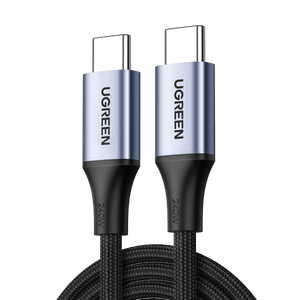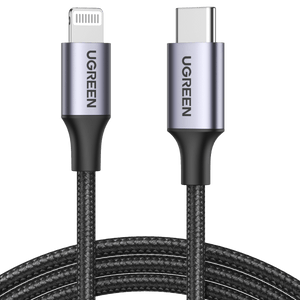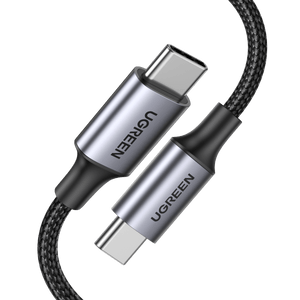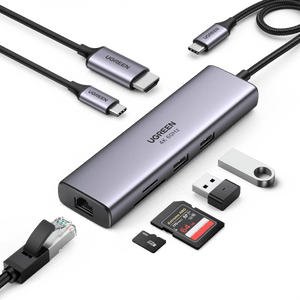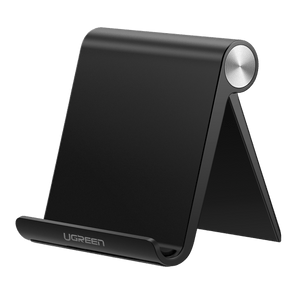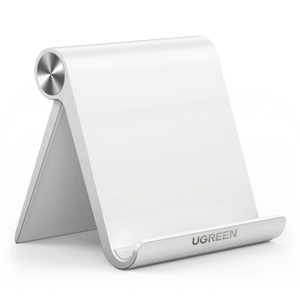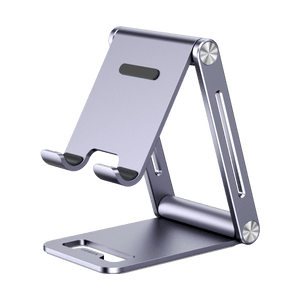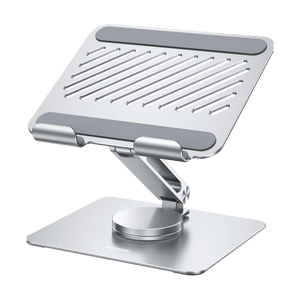Can You Take a Power Bank on a Plane? Navigating the Rules and Regulations
In an age where our lives revolve significantly around electronic devices, staying powered up has become as essential as the air we breathe. Whether it's for business or pleasure, travel often involves smartphones, tablets, laptops, and the all-important power bank to keep them charged. Yet, when it comes to air travel, the rules surrounding what you can and cannot bring on a plane are stringent, especially concerning lithium batteries.

The power bank, a traveler's lifeline to the digital world, is subject to these regulations. With varying policies from different airlines and international bodies, understanding these rules is crucial to a hassle-free journey. This article aims to demystify the regulations surrounding traveling with power banks, offering a thorough guide to ensure you stay powered up throughout your flights without running into trouble.
Importance of Power Banks for Modern Travelers
As we step out the door, we check for our essentials: phone, wallet, keys, and increasingly, the banks power. It's the last line of defense against the dreaded low-battery notification, ensuring we remain connected, entertained, and able to capture memories without concern.
For travelers, power banks charger are more than a convenience; they’re a necessity. Long flights, layovers, and the absence of accessible power outlets can make power banks charger indispensable. They are the mini-generators that ensure our smartphones can guide us through unfamiliar streets, our tablets can display our boarding passes, and our cameras are charged to capture the wonders of new destinations. And as we rely on these portable power sources, it naturally leads us to think about the different charging options available. For instance, travelers often wonder about the pros and cons of wireless vs wired charging. Which one is the better choice for our specific needs? To explore this further and gain a deeper understanding of the options, you can check out our related article 'Choose wireless or wired charging'.
Yet, their very necessity raises important questions about air travel compatibility. Can these devices, packed with energy and potential, be safely brought on board an airplane? And if so, what are the rules that govern their carriage?
Understanding Power Banks
To address these questions, we must first understand what power banks charger are. Essentially, they are portable chargers designed to recharge our electronic devices on the go. They come in various shapes, sizes, and capacities, typically using lithium-ion or lithium-polymer technology due to their high energy density and relatively light weight. Click to read more: Battery knowledge.
The capacity of a banks power is measured in milliampere-hours (mAh) or watt-hours (Wh), indicating the amount of charge they can hold. The higher the number, the more recharges your power bank can provide before it needs to be recharged itself. Click to learn more, how to choose 10000 VS 20000mAh power banks.
{{UGPRODUCT}}
However, it's this storage of significant electrical energy that makes power bank portable charger a point of concern for airline safety. Poorly manufactured or damaged batteries can overheat, leading to potential combustion or explosion, particularly when under pressure or exposed to high temperatures — conditions that can occur during a flight.
Recognizing the risks, aviation authorities have developed guidelines to ensure the safe transportation of these devices.
Air Travel Regulations for Batteries
The International Air Transport Association (IATA), which represents and serves the airline industry, has set forth guidelines that most airlines adopt. According to IATA, passengers are permitted to carry power banks in their carry-on baggage. The caveat is that these power bank must be intended for personal use, and their capacity should not exceed 100 watt-hours (Wh).
For those devices that have a capacity between 100Wh and 160Wh, airline approval is required, and typically only two are allowed per person. power bank portable charger exceeding 160Wh may be carried on board only with airline approval and generally in very specific circumstances, such as for medical equipment. These restrictions are put in place to mitigate the risk of fire in the passenger cabin, where it can be immediately addressed.
Moreover, these regulations are not just arbitrary rules but are based on extensive research and real-world incidents that have informed the current safety standards. Lithium-ion batteries, which power most of our portable devices including power bank, are known to occasionally pose a fire risk if they short-circuit, are damaged, or are subjected to high temperatures. In the enclosed space of an aircraft, such an event could be catastrophic, hence the need for strict rules.

Calculating Your Power Bank’s Watt-Hours
For many travelers, terms like watt-hours (Wh) may be unfamiliar. However, understanding how to calculate the watt-hour rating of a power bank is straightforward and can help ensure compliance with air travel regulations. The watt-hour rating provides a measure of the energy stored in the power bank.
Here's how you can calculate the Wh of your power bank if it's not listed:
- Locate the milliampere-hour (mAh) rating, typically printed on the power bank.
- Convert mAh to Ah (ampere-hours) by dividing by 1,000. For example, if your power bank is rated at 10,000 mAh, it has a capacity of 10 Ah (10,000 mAh / 1,000 = 10 Ah).
- Find the voltage (V) of the power bank (usually around 3.7V for lithium-ion batteries).
- Multiply the Ah rating by the voltage to get the Wh rating. Continuing with our example: 10 Ah * 3.7V = 37 Wh.
If your power bank's Wh rating is not overtly specified, you should be able to use this calculation to determine whether it's within the allowable limits for air travel.
Packing Power Banks for Air Travel
Once you're confident that your power bank meets the Wh requirements for air travel, the next step is packing it correctly. Power banks must always be carried in hand luggage or carried on your person. This is a strict rule with no exceptions, as checked luggage often goes into areas of the aircraft that are not pressurized or temperature-controlled. Additionally, if a power bank were to overheat or ignite, it's crucial that the issue is detected and managed as quickly as possible, which can only be done if the device is in the cabin.
When packing your power bank, here are a few tips to ensure safety and compliance:
- Keep power banks separate from metal objects such as coins, keys, or jewelry, which could potentially short-circuit them.
- If possible, store them in their original retail packaging, or alternatively, use a protective case or a fireproof battery bag.
- Make sure the power bank is turned off (i.e., not charging any device) and avoid any designs that have a built-in power switch that could be easily turned on by accident.
- Do not tape over the power bank's vents, as these are designed to release heat.By following these guidelines, you'll help to maintain the safety of your flight and avoid any issues with airport security.

Airline-Specific Power Bank Policies
While the regulations set by IATA provide a general framework, individual airlines may have their own specific policies regarding the carriage of power banks. Before you fly, it's vital to check with your airline to understand their rules, which can sometimes be more restrictive than the general guidelines.
For instance, some airlines might have a lower threshold for the capacity of power banks that can be carried without approval, or they may impose additional requirements for how the devices need to be packed. To avoid any last-minute surprises at the airport, take a moment to visit your airline's website or contact their customer service for detailed information on their power bank policies.
Remember, these rules are in place not to inconvenience passengers, but to ensure the safety of everyone on board. It's always better to be over-prepared than to be caught off-guard.
Safety Tips When Traveling with Power Banks
To ensure a safe and hassle-free experience when flying with power banks, consider the following safety tips:
Purchase Quality Products
Opt for power banks from reputable brands. These brands adhere to safety standards and are less likely to malfunction. Avoid counterfeit or no-name brands that might not meet safety regulations.
Check Before You Pack
Before traveling, inspect your power bank for any signs of damage, such as dents, swelling, or leaks. If it shows any of these signs, it's best to replace it.
Charge Responsibly
Charge your power bank before your trip, preferably using the cable and adapter provided with the device. Avoid leaving it to charge unattended or overnight.
Avoid Extreme Temperatures
Both high and low temperatures can affect the performance and safety of lithium batteries. Try not to leave your power bank in direct sunlight, a hot car, or in freezing conditions.
Use Correctly
Only use the power bank for its intended purpose — charging devices. Don't attempt to open or modify it, as this can compromise its safety mechanisms.
By adhering to these tips, you can minimize the risk of any issues with your power bank during your travels.

What to Do If Your Power Bank Doesn’t Comply
If you find that your power bank doesn't comply with airline regulations or the airline's specific policies, you'll need to find an alternative solution. Here are a few options:
Leave it at Home
If your power bank is not crucial for your trip, it might be simplest to leave it behind.
Use Mail Services
Consider mailing the power bank to your destination ahead of time. However, be aware of shipping regulations for lithium batteries to ensure compliance.
Purchase a Compliant One
Buy a power bank that meets the necessary specifications. This might be more convenient than trying to navigate the complications of traveling with a non-compliant device.
Dispose properly
If your power bank has reached the end of its life or you cannot take it with you, please dispose of it properly at a battery recycling facility.
Making the right choice not only ensures your compliance with safety regulations but also contributes to the overall safety of your flight.
Real-Life Incidents Involving Power Banks on Planes
There have been several instances where power banks have caused security alerts or even onboard emergencies. For example, a passenger's bag caught fire in the overhead compartment due to a faulty power bank. In another case, a power bank fell between the seats and was crushed, leading to smoke and panic.
These incidents illustrate the potential dangers of lithium-based power sources and justify the strict regulations airlines have in place. They serve as a reminder of the importance of adhering to guidelines for carrying electronic devices on planes.
The Future of Power Banks and Air Travel
As technology advances, we may see changes in how power banks are regulated on flights. Innovations in battery technology could lead to safer and more efficient ways to store power, potentially easing current restrictions.
For instance, solid-state batteries are being explored as a safer alternative to liquid lithium-ion batteries. These batteries replace the liquid electrolyte with a solid one, which can reduce the risk of leaks and fires. If these or other advancements prove to be safer, airlines and regulatory bodies might adjust their policies accordingly.
In the meantime, it's essential to stay informed about current regulations and technology trends to ensure that you can travel with your devices safely and legally.
FAQs on Traveling with Power Banks
Q: Can I bring multiple power banks on a plane?
A: Yes, but each must adhere to the airline’s watt-hour limit, and you may need airline approval for any between 100Wh and 160Wh.
Q: What do I do if my power bank starts overheating during a flight?
A: Immediately alert a flight attendant if your power bank overheats. Do not try to handle a hot or smoking power bank yourself.
Q: Can I charge my device using a power bank while on the plane?
A: Yes, generally you can use your power bank to charge devices in-flight, but always listen to crew instructions as this can vary by airline and specific flight conditions.
Q: Can I take a power bank in my luggage?
A: It’s generally not allowed to take power banks in your checked luggage due to fire hazards. Always carry them in your hand luggage.

Conclusion
Power banks are essential tools for modern travelers, but they come with responsibilities. By understanding and adhering to the regulations that govern their carriage on planes, you can ensure that your journey is not only convenient but also safe. Always check your airline's specific policies before flying, and consider the safety tips provided to avoid any potential issues. With the proper preparation, your power bank can remain the travel companion that keeps you connected, entertained, and powered up wherever your adventures may take you.

